The Library at Arundel Castle, the glorious centrepiece of one of Britain's most brilliantly restored buildings
In an article from Country Life's peerless architecture archive, we take a look at the magnificent library at Arundel Castle, arguably the most beautiful room in what is one of Britain's most striking buildings.
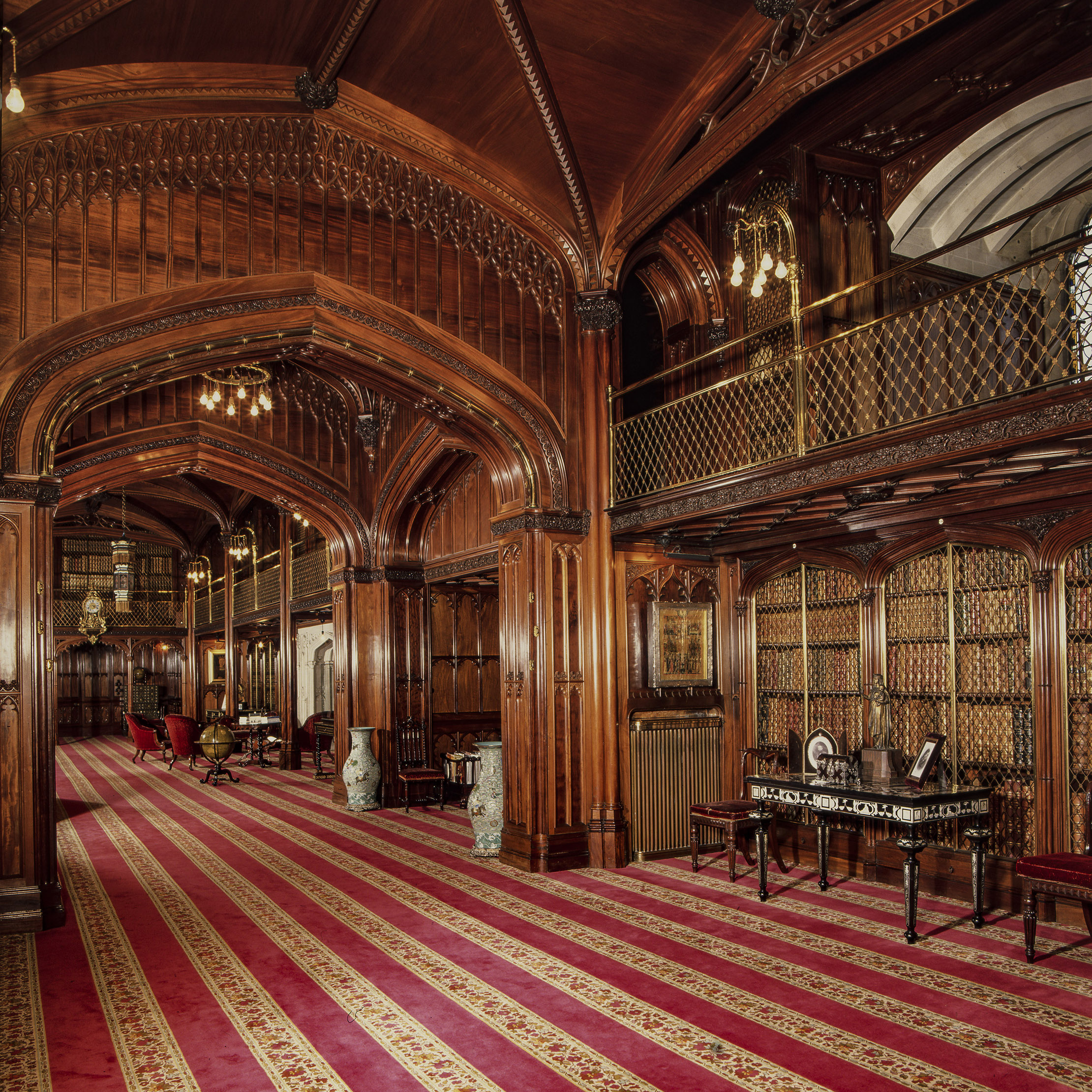

Arundel is one of the most glorious of English castles, dating from the 11th century it was much rebuilt in the 18th and 19th centuries. It remains the seat of the Duke of Norfolk and its recent programmes of repair and redecoration make it one of the most impressive of privately owned houses in the country.
Work completed in the early 1990s by the Earl and Countess of Arundel included the bold redecoration, in the spirit of the Victorian originals, of several rooms in the east wing. This became once more the family's private accommodation.
The architect for this 1991-2 work was Vernon Gibberd. The redecoration was carried out with the advice of David Mlinaric and was supervised by Lady Arundel and included several important historic rooms, some of which can now also be visited by the public, such as the billiard room, to which C.A. Buckler's original 1870s furniture has been returned and the Gothic library.
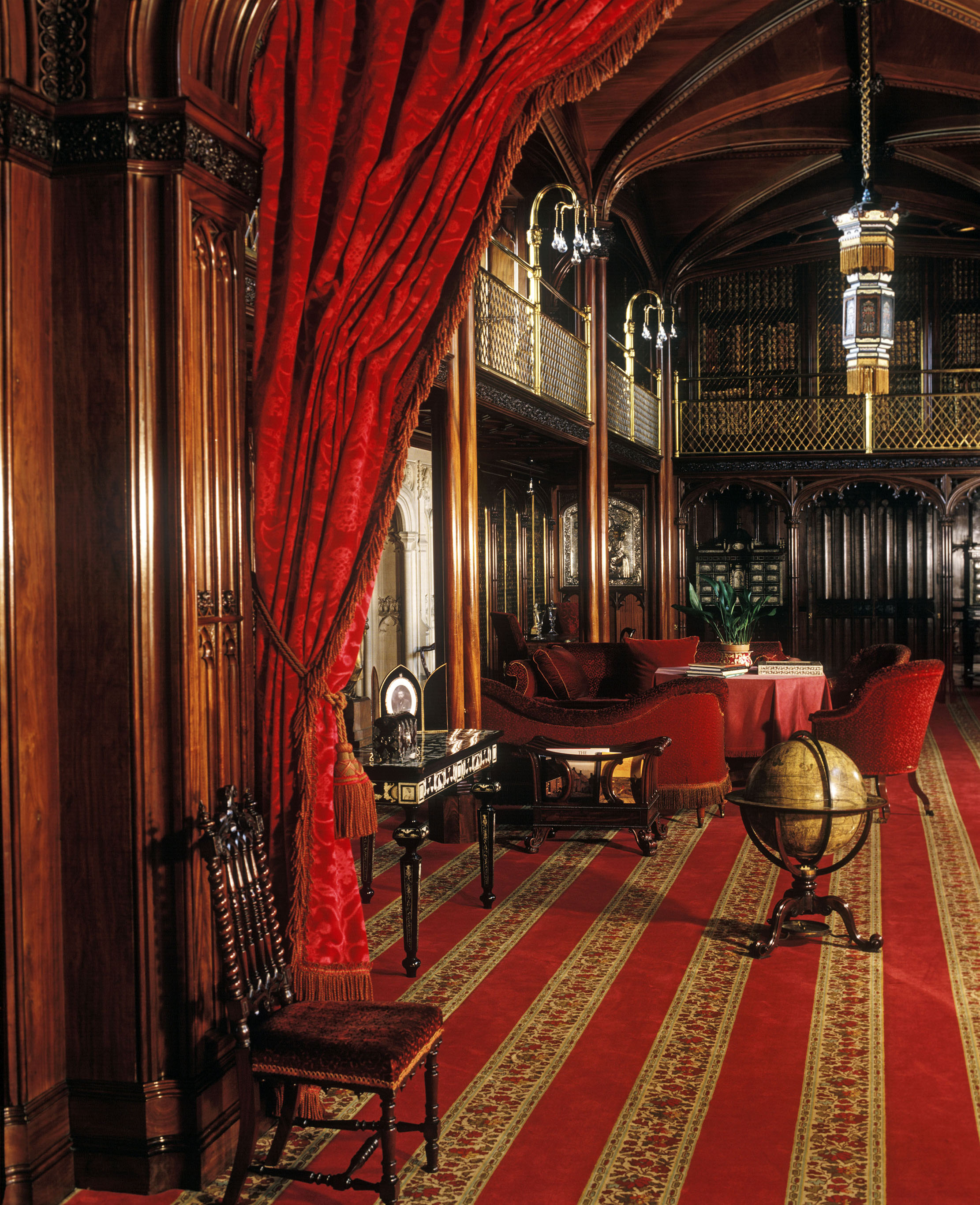
The library is the major interior surviving from the 11th Duke of Norfolk's work carried out in around 1800 and is a tour de force of carved Honduras mahogany by Jonathon Ritson, father and son. The seat furniture originally supplied by Morant for Queen Victoria's visit in 1846 has been reinstated and the carpet rewoven to the old design and the curtains of red Norfolk plush re-hung in the central arches. As John Martin Robinson wrote in December 1992, 'Altogether the restoration and redecoration of Arundel marks it out as one of the most successful of country house revivals of recent years.'
This article first appeared in Country Life in 1999 ahead of Arundel opening to the public in April 2000. The castle remains open to visitors — see www.arundelcastle.org for details.
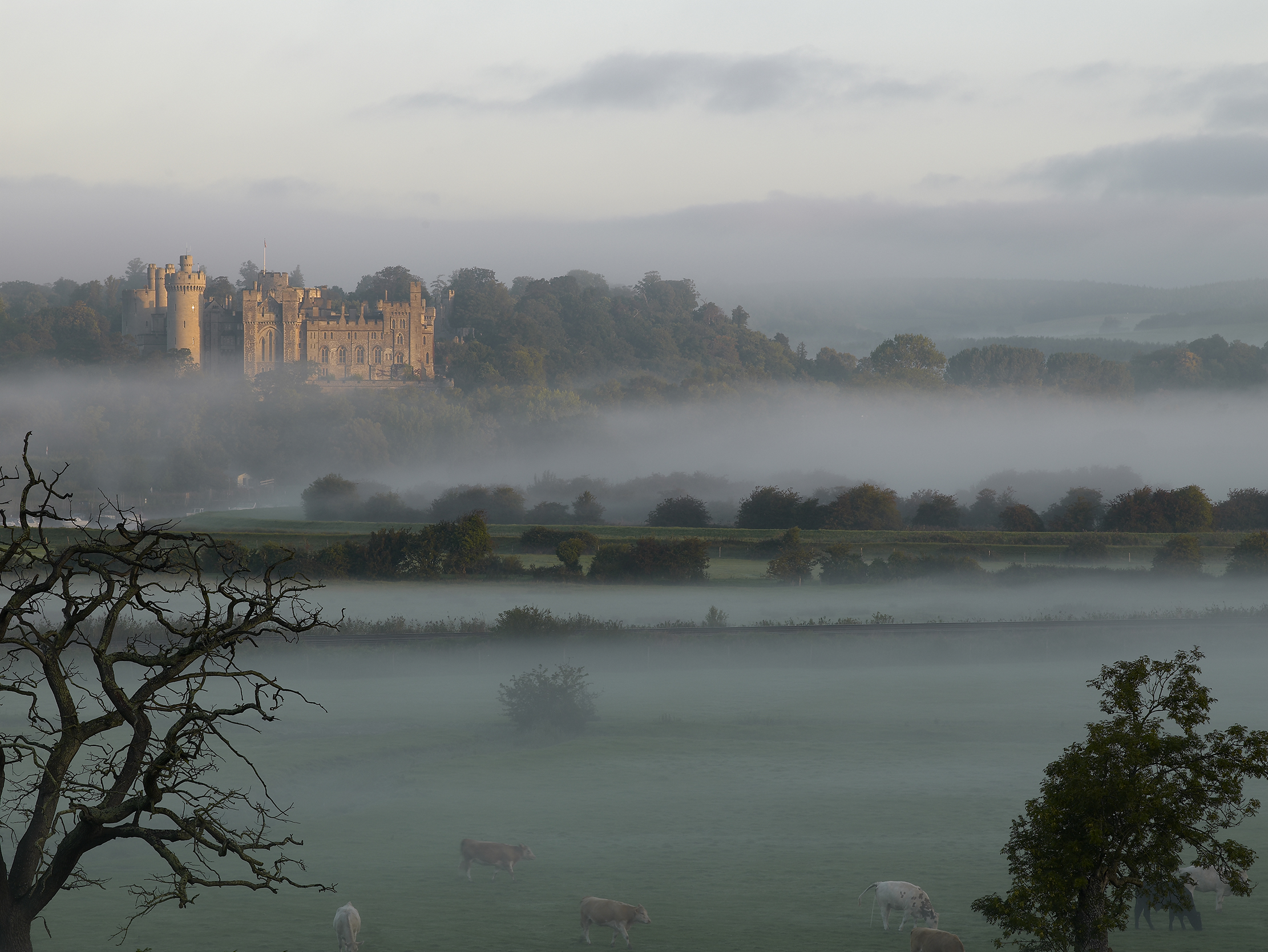

England’s best views: Arundel from Crossbush
Simon Jenkins picks his favourite views: Arundel
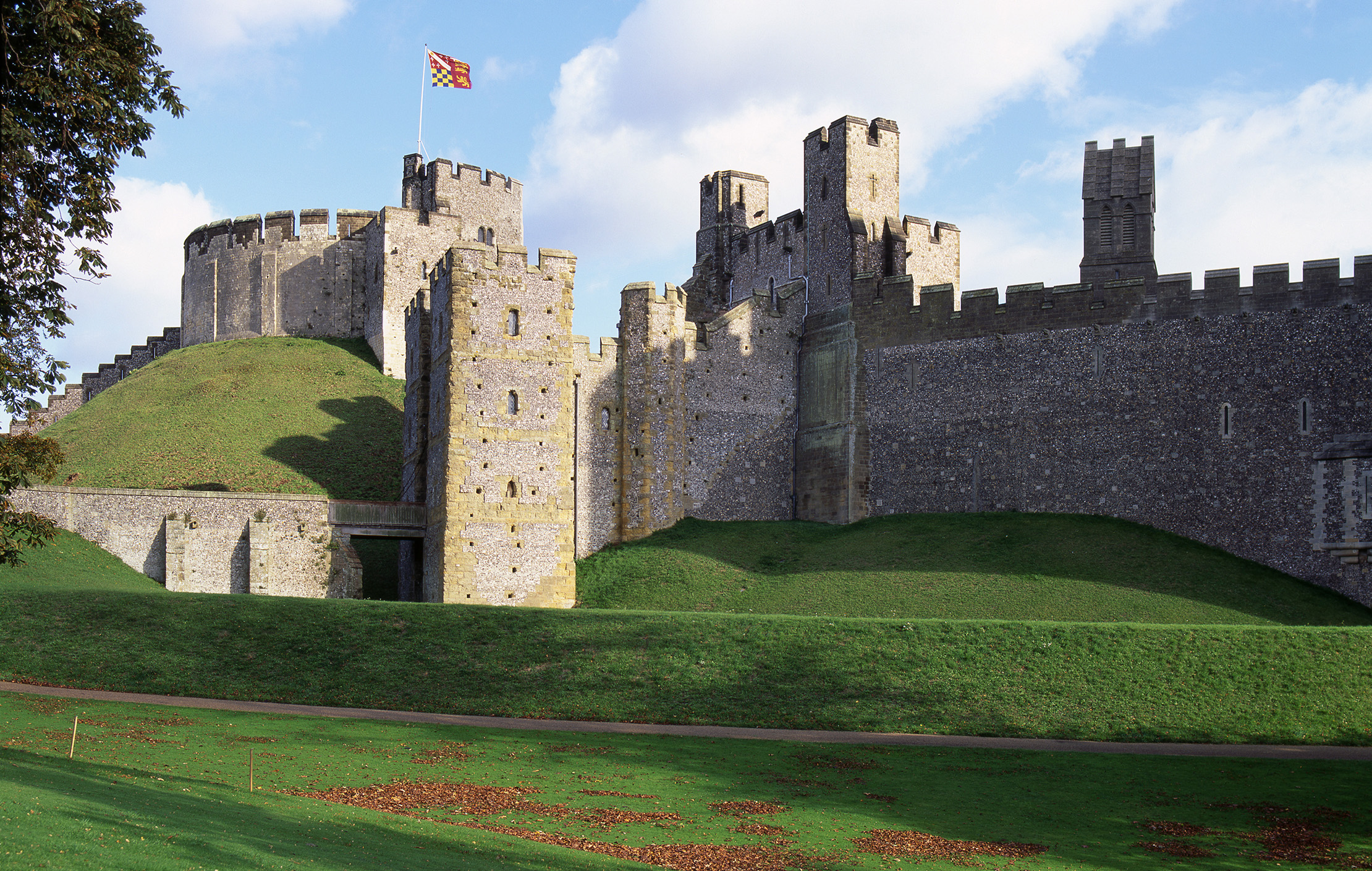
The latest update to Pevsner brings the 21st century update 'tantalisingly close to completion'
The work of updating Nikolas Pevsner and Ian Nairn's magnum opus on the buildings of England continues with a volume
Sign up for the Country Life Newsletter
Exquisite houses, the beauty of Nature, and how to get the most from your life, straight to your inbox.
Country Life is unlike any other magazine: the only glossy weekly on the newsstand and the only magazine that has been guest-edited by HRH The King not once, but twice. It is a celebration of modern rural life and all its diverse joys and pleasures — that was first published in Queen Victoria's Diamond Jubilee year. Our eclectic mixture of witty and informative content — from the most up-to-date property news and commentary and a coveted glimpse inside some of the UK's best houses and gardens, to gardening, the arts and interior design, written by experts in their field — still cannot be found in print or online, anywhere else.
-
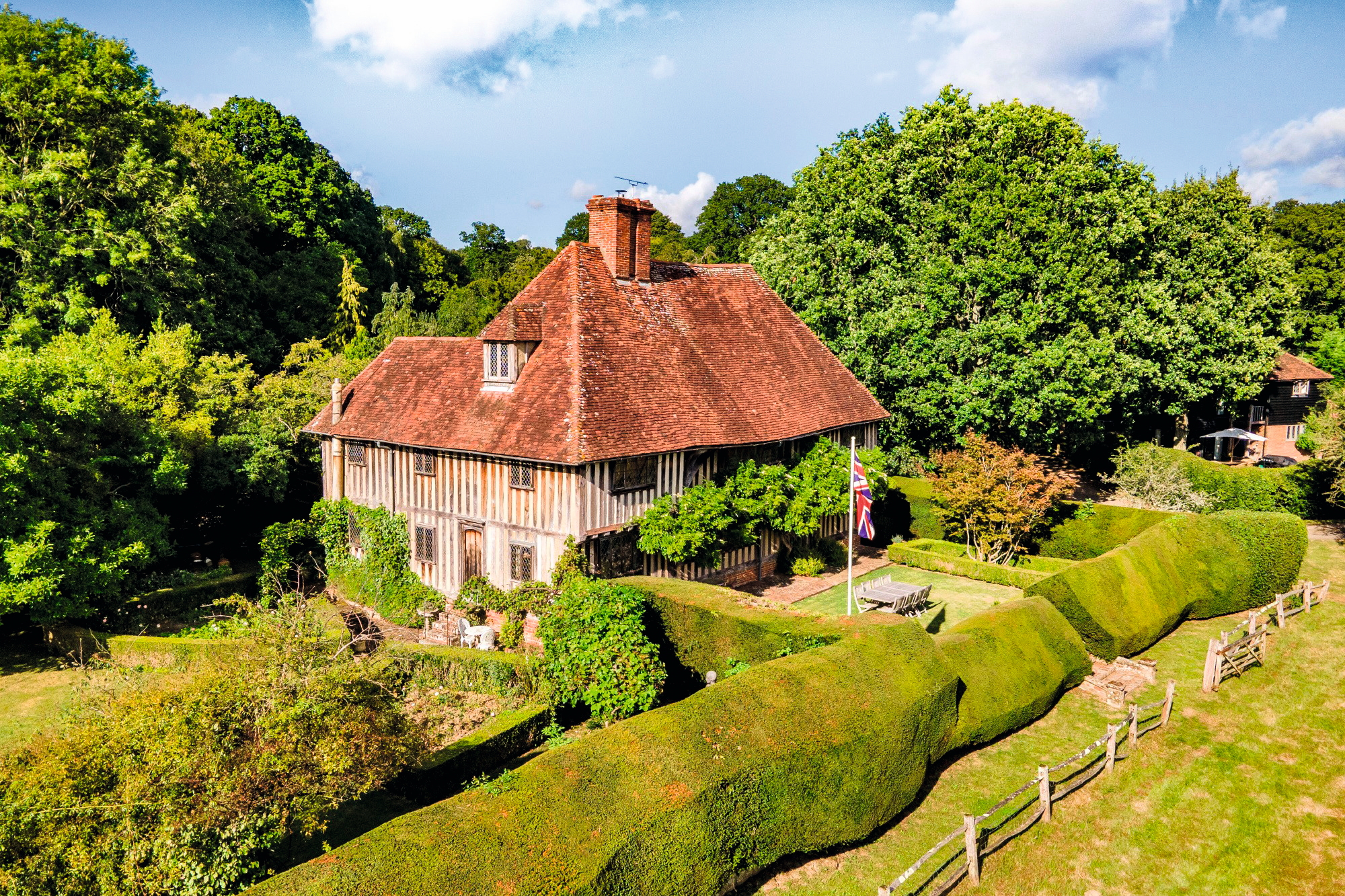 A mini estate in Kent that's so lovely it once featured in Simon Schama's 'History of Britain'
A mini estate in Kent that's so lovely it once featured in Simon Schama's 'History of Britain'The Paper Mill estate is a picture-postcard in the Garden of England.
By Penny Churchill
-
 Splash! A Century of Swimming and Style: A whistle-stop history, from the Roman Baths to Hampstead Heath
Splash! A Century of Swimming and Style: A whistle-stop history, from the Roman Baths to Hampstead HeathEmma Hughes dives into swimming's hidden depths at the Design Museum's exhibit in London.
By Emma Hughes